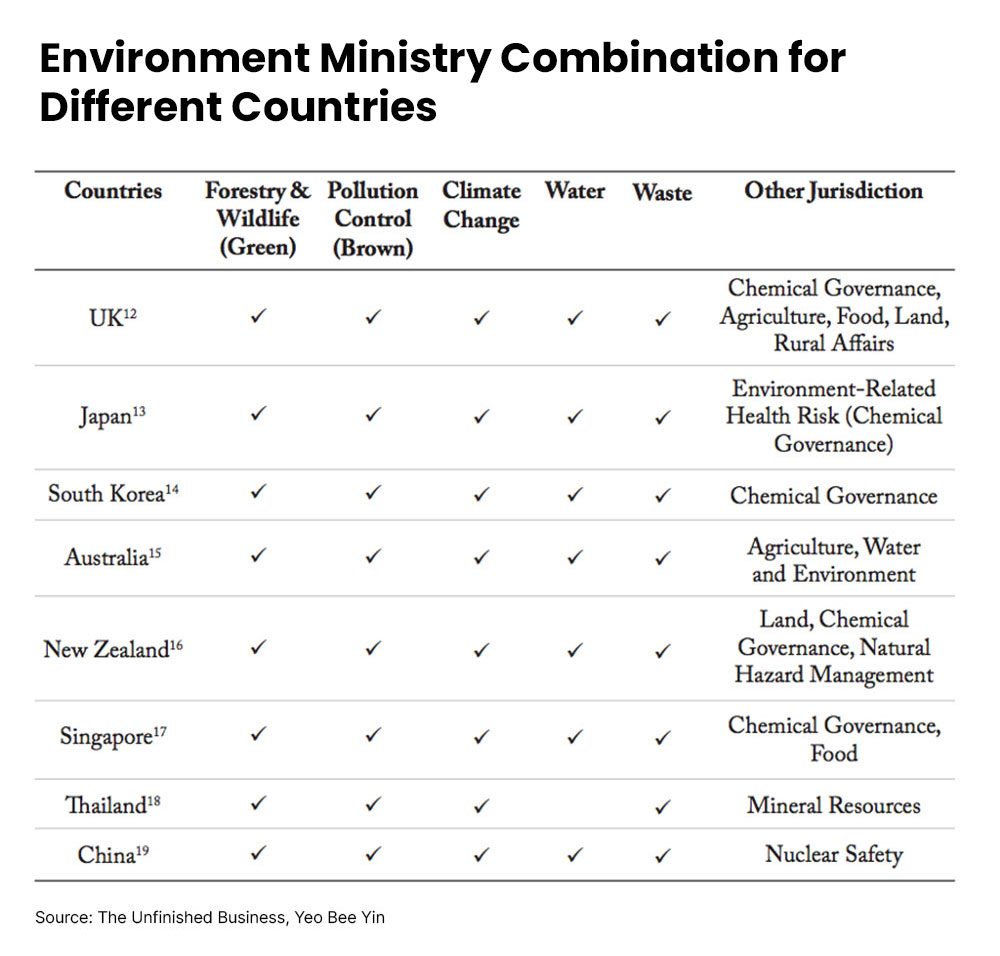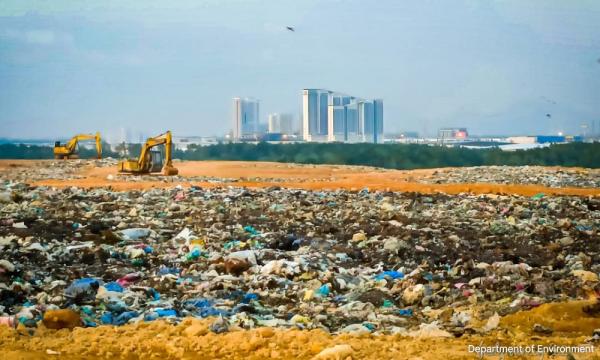MP SPEAKS | Many people have said many things about the newly formed cabinet. As the former environment minister, I am writing specifically to congratulate Prime Minister Anwar Ibrahim for getting the environment ministerial structure right by combining the Energy and Natural Resources and Environment and Water Ministry (Kasa), so the Environment Ministry finally has the right structure to ensure holistic environmental governance in Malaysia. I shall elaborate further.
Historically in Malaysia, a minister is called environment minister when he/she is responsible for the environmental sector with punca kuasa from the Environmental Quality Act 1974 (EQA 1974) and its enforcement agency, Department of Environment (DOE).
EQA 1974 only deals with pollution control, hence the “environment ministry” in Malaysia essentially only had direct power over pollution control. Other areas of jurisdiction depend on the sectors which are combined with the environment sector of the ministry.
Before May 2018, the environment minister was responsible for the Natural Resources and Environment Ministry (NRE); under Pakatan Harapan, the environment minister was responsible for the Energy, Science, Technology, Environment and Climate Change Ministry (Mestecc).
After the Sheraton Move, the environment minister is responsible for Kasa. All of NRE, Mestecc, and Kasa ministry structures present challenges to the “environment ministers” to function optimally.
Under the Mestecc and Kasa ministry structures, the natural resources sector is separated from the environment sector, i.e. green issues (forestry and wildlife conservation) are not combined with brown issues (pollution control).
This makes it difficult to draw the line in determining which party is responsible to tackle the destruction of natural habitats caused by pollution, for example, the impact of plastic pollution on marine life.
In addition, the environmental sector is also responsible for climate change, which in turn, is heavily connected to forestry (as a carbon sink), and in turn, wildlife and biodiversity. Separating green and brown issues into different ministries results in a disjointed and fragmented climate change agenda.
Furthermore, the natural resources sector in Malaysia is also responsible for land management. There are generally two types of pollution sources for water bodies: 1) point source, which is a single identifiable source of pollutants such as effluent from factories and sewage treatment plants; and 2) non-point source, which is based on geographical scales, for example, agricultural water runoff, etc.
Separating the sectors responsible for land management and pollution control will not only make it trickier to manage pollution on land (soil pollution) but also water bodies (from non-point source).
As for the NRE and Mestecc ministry structures, the water sector is separated from the environment sector. Not only does this confuse the public as to which ministry has punca kuasa over river issues, it also causes coordination challenges in handling river pollution which, adding to the complication, also involves state governments.
This becomes especially evident in a water-stressed area, like the Klang Valley, with a low reserve margin in its water supply system.
In short, environmental governance in Malaysia has always been fragmented for the past few decades.
All under one roof
Therefore, I am very happy to see that the current Environment Ministry combines natural resources, pollution control, climate change, and the water sector all under one roof. This will surely avoid unnecessary lost time spent in inter-ministerial coordination and ensure holistic environmental governance.
It will be even more perfect if the Solid Waste Management Department (JPSPN), which is a small part of the jurisdiction of the Housing and Local Government Ministry, can be moved to the Environment Ministry as practised in many other countries.
Is a ministry that covers forestry and wildlife conservation, pollution control, climate change, water, as well as waste management too big to handle? No.
The table below shows the responsibilities of the Environment Ministry in different countries and the combinations of jurisdictions. If these countries can do it, there’s no excuse that in Malaysia, we need two or more ministries to do it. Some of these countries have an even bigger population than Malaysia!

All in all, the new government under Prime Minister Anwar has made the most important fundamental change, i.e the ministerial structural change towards more holistic environmental governance.
I am looking forward to seeing holistic changes to environmental conservation and protection efforts in the country under the leadership of my friend, the newly minted Environment Minister Nik Nazmi Nik Ahmad.
YEO BEE YIN is Puchong MP and former environment minister.
The views expressed here are those of the author/contributor and do not necessarily represent the views of Malaysiakini.


